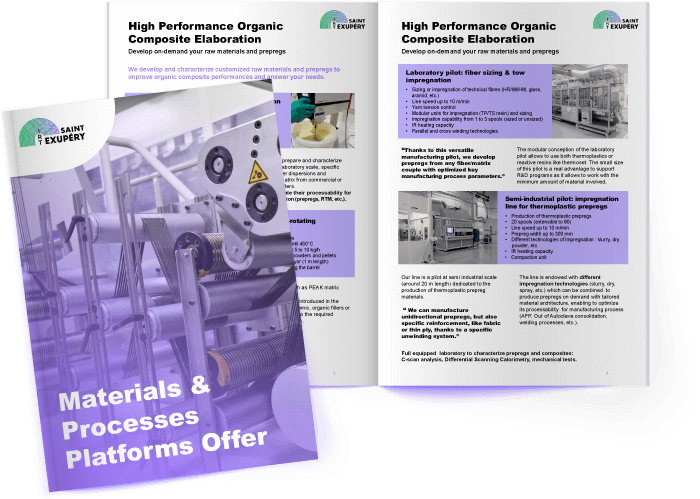Characterization of electrical insulation systems
We support the deployment of system electrification by removing the technological barriers associated with the significant increase in electrical power demand, and consequently in voltage levels, as well as those related to system densification—an essential requirement for reducing the weight and volume of electrical equipment and systems.
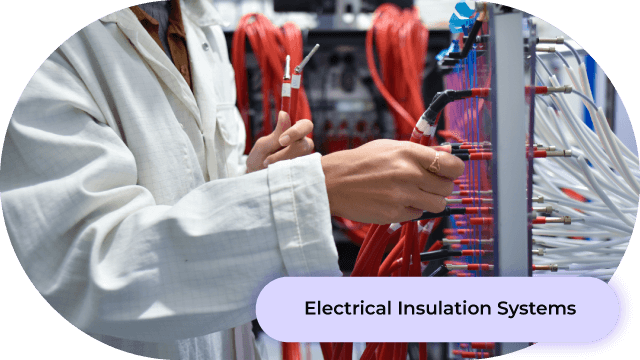
Weight and volume constraints in embedded applications heighten the challenge: stresses such as electric fields increase considerably due to the reduced distances involved. These electrical stresses, combined with the harsh environments of aeronautics and space, exacerbate phenomena that can compromise the integrity of electrical systems, such as partial discharges or electrical arcing.
We therefore characterize and model these physical phenomena (partial discharges, surface discharges, space charge accumulation, electrical arcs, electrical aging of insulating materials) and also investigate the use of suitable innovative dielectric materials (polymers, polymer-matrix composites, etc.).
We also focus our efforts on the study of electrical currents in response to the growing need for higher power. To minimize the weight of embedded electrical components, our teams concentrate their research on innovative electrical conductors.
Our expertise
Our area of expertise covers electrical insulation, its durability, and its reliability when subjected to high-voltage stresses in harsh environments.
We support our industrial partners in the development and design of their systems to address the risks of partial discharges, surface discharges, electrical arcs, space charges, and dielectric breakdowns, drawing on the expertise of our engineers and technicians in our testing center.
Our expertise in materials, particularly their aging under combined stresses (electrical, thermal, vibratory, etc.), is also essential for the proper sizing of electrical insulation systems.
Strong capabilities in simulation and modeling, including in-house development, further complement this expertise and our experimental resources.

Electrical Arcs
-
Characterization of electrical arcs and plasma torches
-
Production of ignition-type electrical arcs using a vibrator setup
-
Generation of electrical arcs under low-pressure conditions
-
High-speed visualization
-
Testing under DC or AC current (sine wave, PWM)
-
Arc Tracking Index (surface tracking arc)
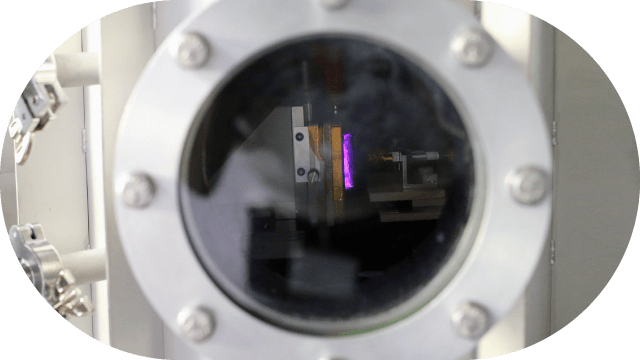
Partial Discharges
-
Characterization of partial discharges on electrical equipment under low pressure, temperature, and humidity
-
Characterization of surface discharges on electrical insulators under low pressure and temperature
-
Localization of partial discharges
-
Characterization using numerical simulation tools
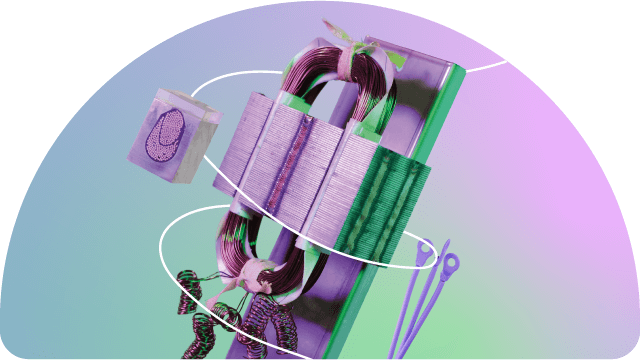
Dielectric Characterization of Insulators
-
Electro-thermal testing at ground level or at altitude
-
Measurement of leakage currents on electrical equipment
-
Determination of dielectric breakdown voltages of insulators
-
Determination of flashover voltages
-
Characterization of insulators using innovative methods (CTI, dielectric spectroscopy, PEA, etc.)
-
Complementary material analysis capabilities (TGA, DSC, etc.)
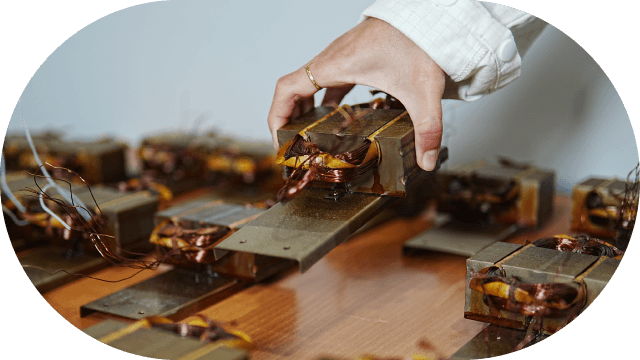
Aging of Electrical Insulators
-
Accelerated aging campaigns lasting from several days to several months on one or multiple samples simultaneously
-
Passive thermal aging under temperature/humidity or low-pressure/temperature conditions
-
Active thermal cycling aging (via Joule heating)
-
Electrical aging under partial discharge regime with sine-wave or PWM excitation
-
Result consolidation using numerical simulations


